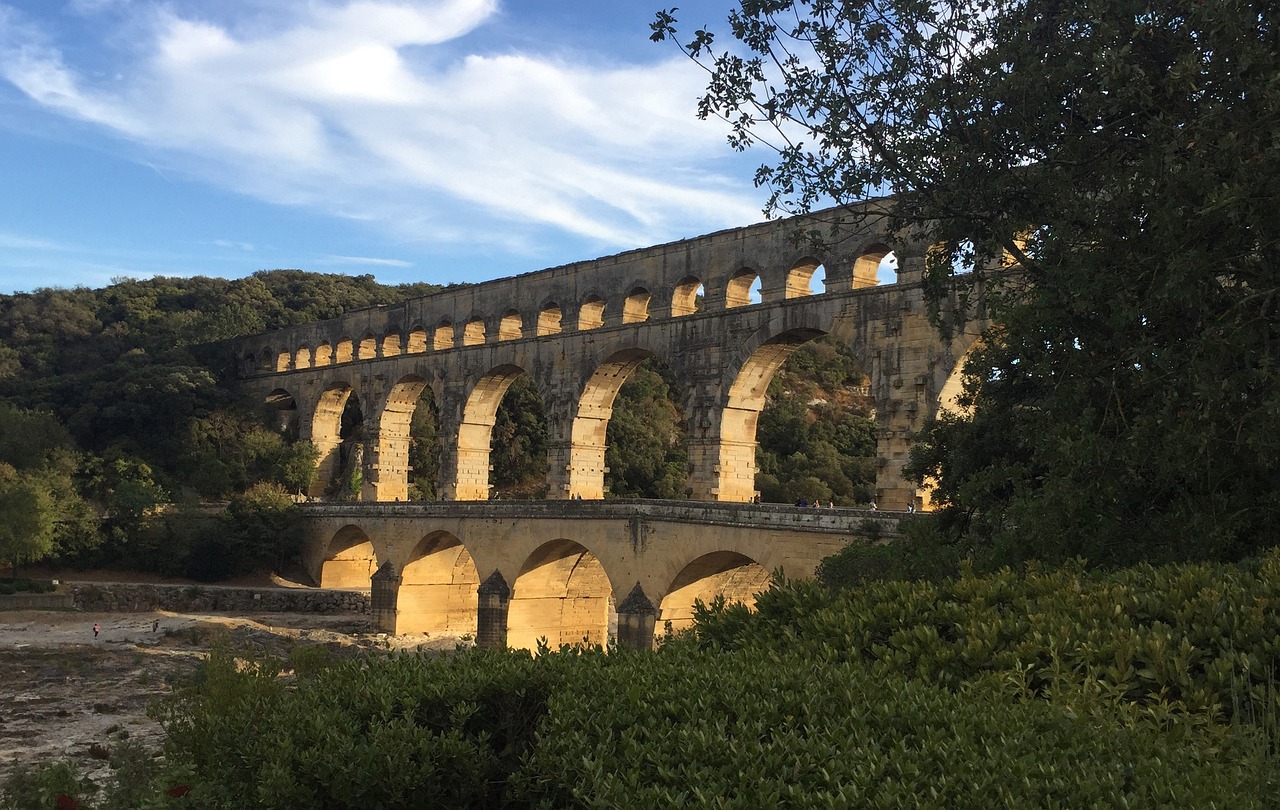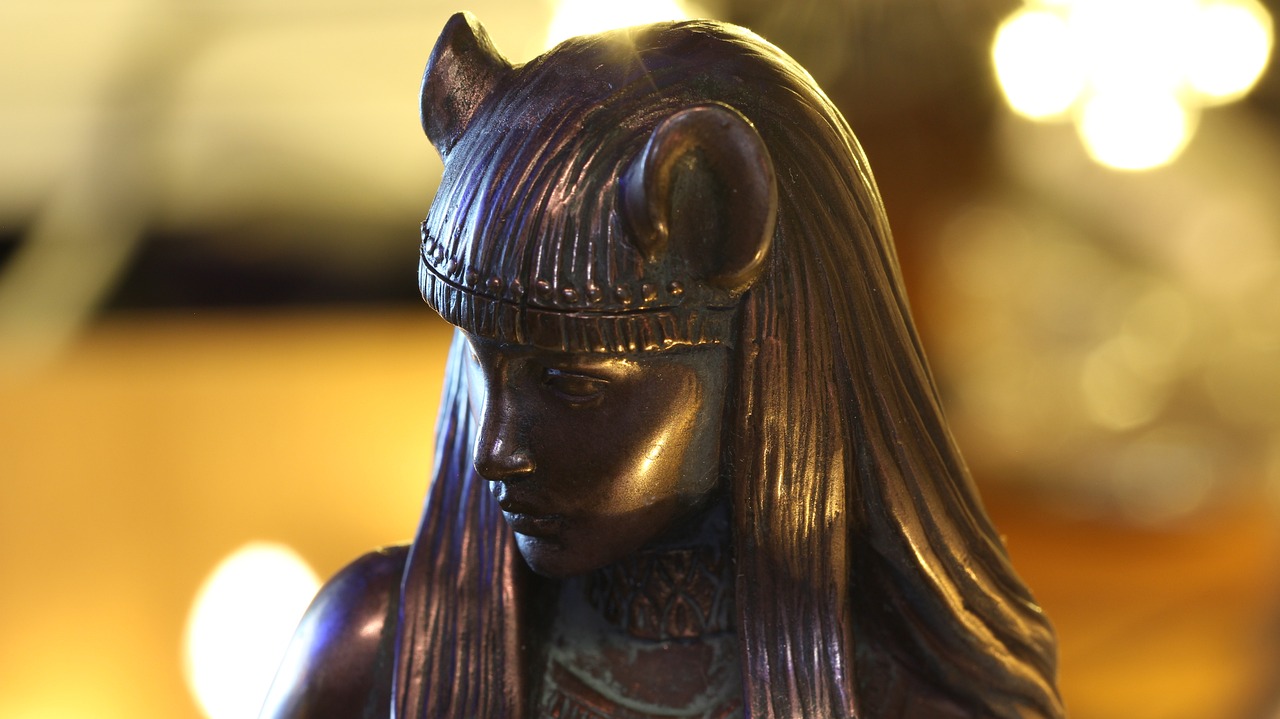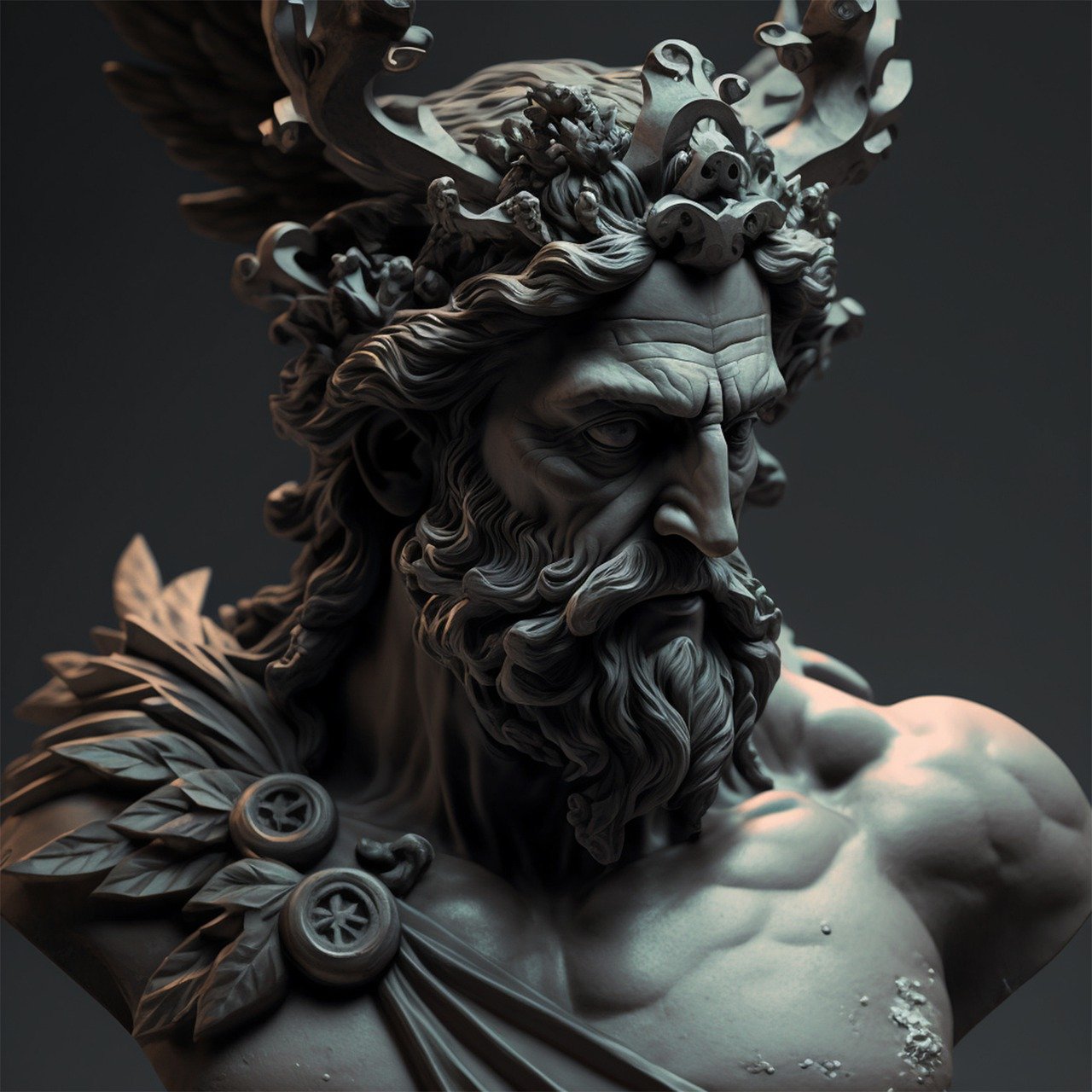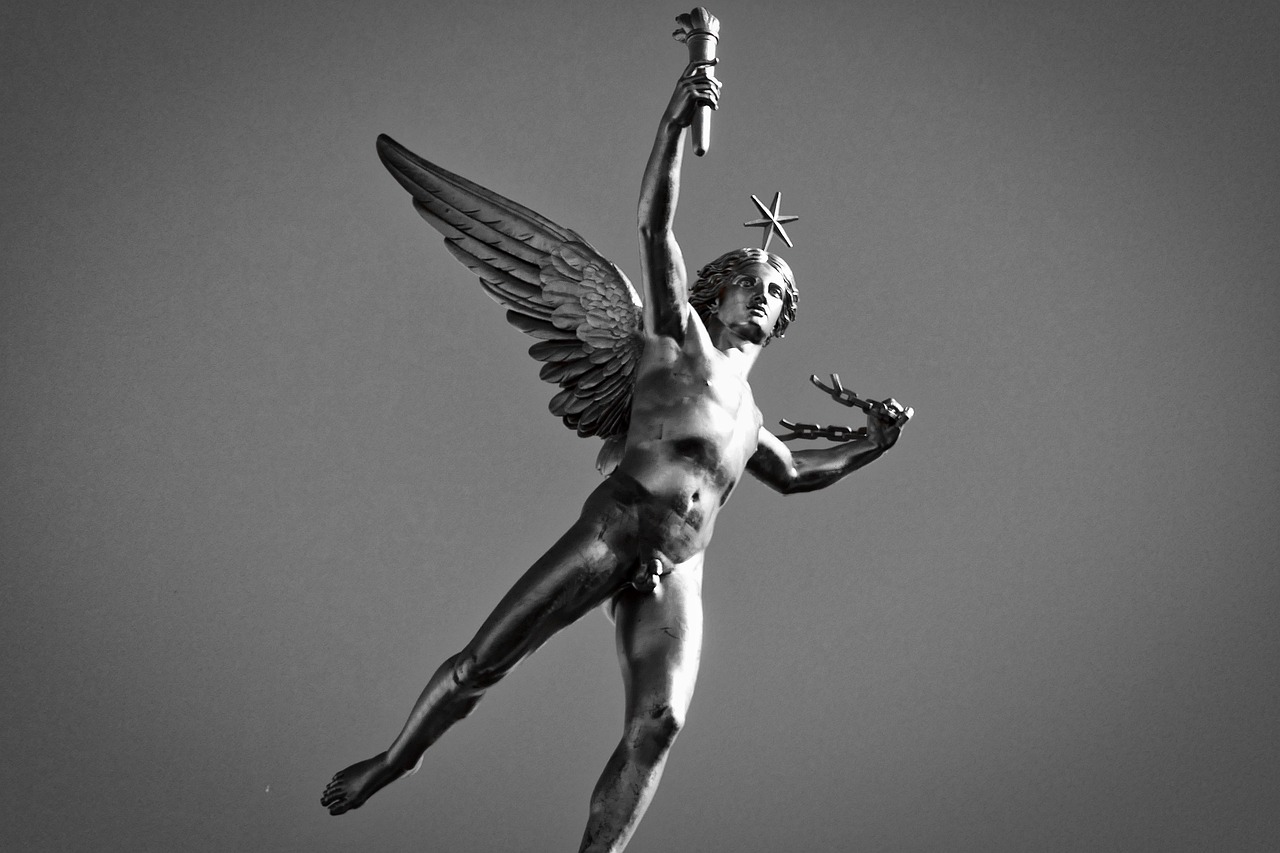Author: Sun WuKong
-
Exploring Ancient Egyptian Religion: An Overview Ancient Egyptian religion encompasses the indigenous beliefs that flourished in Egypt from pre-dynastic times (around the 4th millennium BCE) until the gradual decline of its traditional culture in the early centuries CE. This system of faith and worship is integral to understanding the fabric of Egyptian civilization, particularly throughout…
-
The term ‘Odyssey’ has evolved to symbolize a grand journey, drawing its origins from Homer’s epic poem titled The Odyssey, composed in the 8th century BC. This poem is a continuation of The Iliad, which illustrates the concluding moments of the Trojan War. The Odyssey recounts the adventures of Odysseus as he faces numerous challenges…
-
The Roman Empire, an ancient civilization that emerged from the city of Rome, arose in 27 BCE after the fall of the Roman Republic and persisted until the eventual decline of the Western Empire in the 5th century CE. This overview provides a succinct account of the Roman Empire’s history, with a more in-depth exploration…
-
Sobek, a unique deity in ancient Egyptian mythology, is often recognized for his fierce appearance characterized by a crocodile head. This narrative delves into the captivating stories, beliefs, and roles associated with Sobek, enriching our understanding of the profound nature of ancient Egyptian spirituality. Who is Sobek? Sobek, known variously as Sebek, Sochet, or Suchos,…
-
Overview of Juno in Roman Mythology Juno, known as Iuno in Latin, was revered as the queen of the Roman pantheon and stood as the consort of Jupiter, the foremost deity. She played a vital role as the champion and protector of women, focusing on their domestic responsibilities in marriage and motherhood. The portrayal and…
-
The captivating and at times exotic nature of ancient Egyptian spirituality is epitomized in the deity Bastet, a goddess often represented in artwork as a seated cat adorned with various sacred symbols like a scarab atop her head. In a poised yet watchful demeanor reminiscent of real felines, the divine Bastet embodies a realm steeped…
-
Andromeda: The Myth of the Rescued Princess In Greek mythology, Andromeda is portrayed as a princess, the offspring of Cepheus, the ruler of Aethiopia (modern-day Ethiopia), and Cassiopeia, his queen. One of the most enduring tales surrounding Andromeda is her dramatic rescue by the hero Perseus, who saved her from an impending sacrifice to a…
-
Odysseus, a central character in Homer’s renowned epic, the Odyssey, is one of the most frequently depicted figures in Western literature. He is described by Homer as the king of Ithaca, offspring of Laertes and Anticleia (daughter of Autolycus from Parnassus), and the father of Telemachus through his marriage to Penelope. Some later accounts suggest…
-
In Irish legend, Goibniu (pronounced ˈɡovʲnʲu, with the modern variation being Gaibhne) is recognized as the legendary metalsmith of the Tuatha Dé Danann. Revered as a deity of smithing, he is also connected with the principle of hospitality. His character draws parallels to Gofannon from Welsh mythology and Gobannus from Gaul. Etymological Origins Goibniu’s name…
-
To comprehend the essence of healing and refine our approach to the caring profession, we must explore various historical figures. Sir William Osler remarked on the importance of delving into history, noting that we “must come to the land of the Nile for the origin of many of man’s most distinctive and highly cherished beliefs.”…








